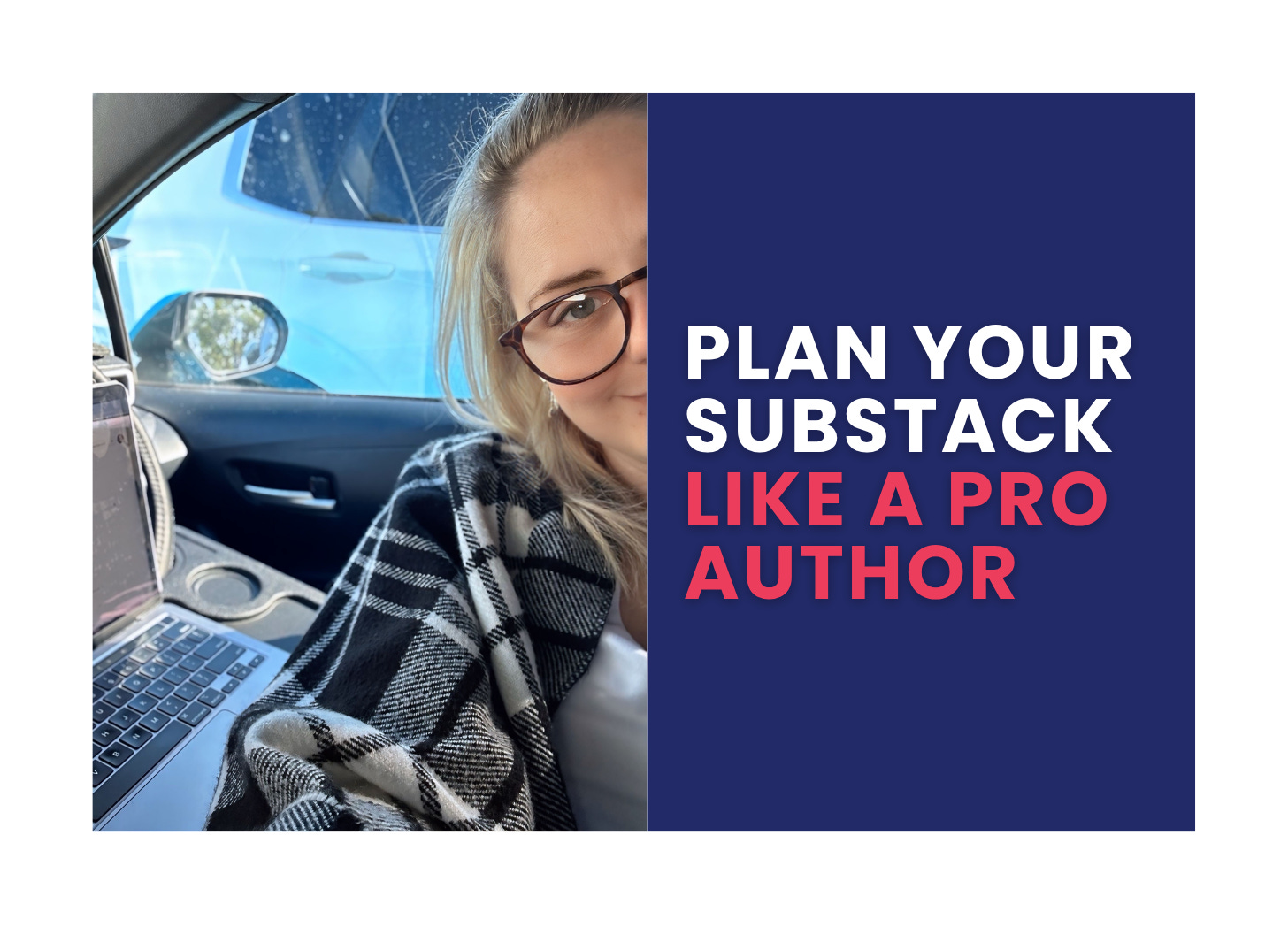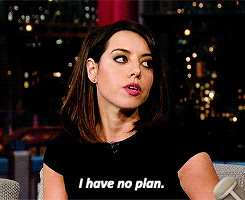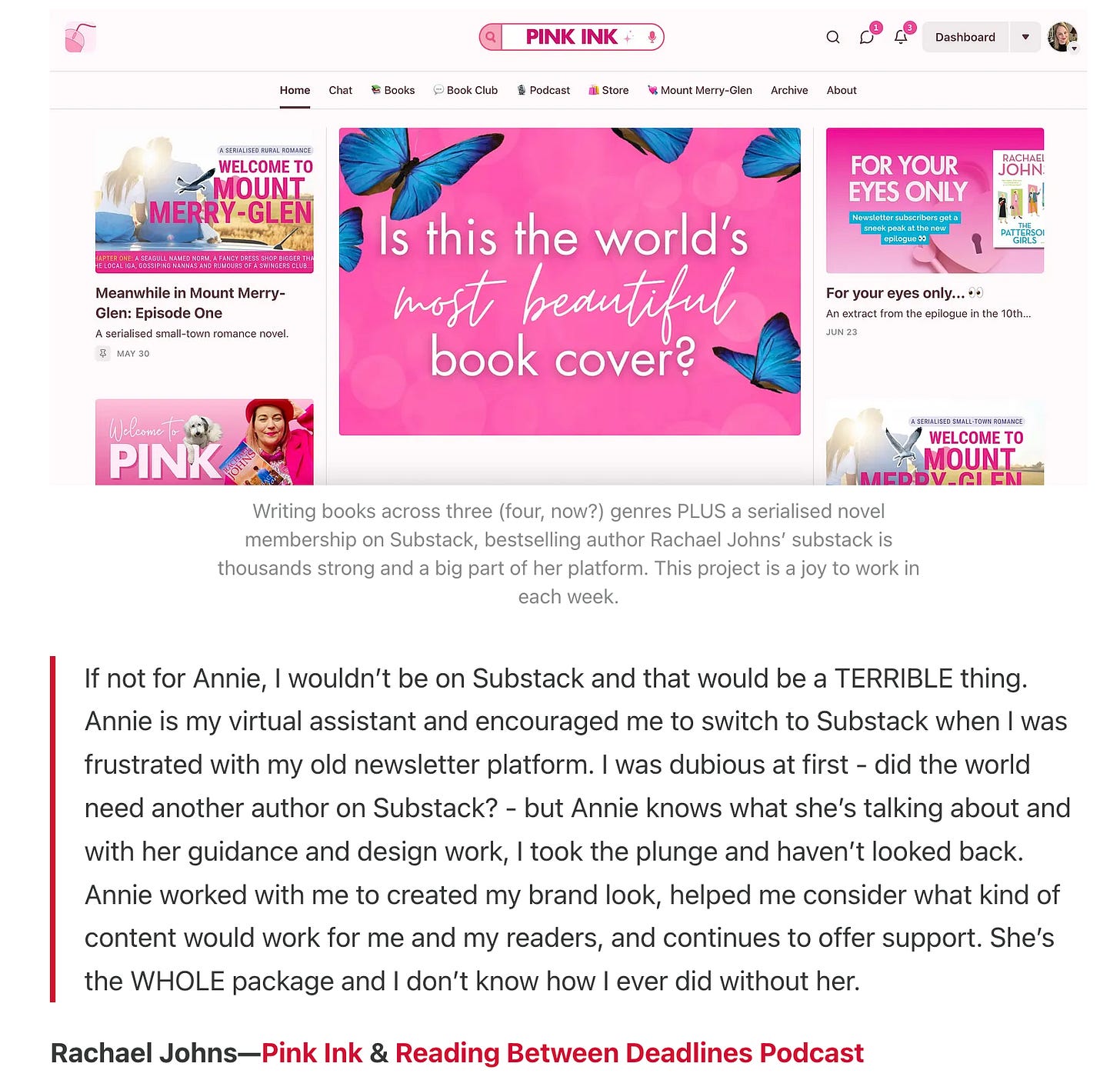How Pro Authors Plan Their Substack Newsletters (and Avoid Burnout)
5 Crucial Tips + A guided video walkthrough (for the VA Clubhouse)
If all authors were good at planning their newsletters and writing them consistently, I wouldn’t have a job.
It’s something that’s kind of puzzling on the surface—why would professional, gifted writers baulk at writing to the very people who are fans of their work? These are people who can write—but no one ever taught them how to transmute those skills into a shit-hot newsletter readers love.
Usually, the problem can be distilled down to one of two things:
They don’t know what to write about or…
They started a newsletter and found it boring to write.
But, like every good plot hole, these are both things that can be solved with planning and pre-work.
Stop Pantsing Your Substack
An estimated 45% of all Substacks are dormant or inactive. That’s a lot of well-intentioned writers who started with vibes—and ended with burnout.
We’re going to change that by taking the time to plan your publication before we begin.
Yes, dear author, it’s time to become a Substack plotter 👇
Step 1: Understand Your Ideal Reader
Think about who you’re writing for. If you’re an author, your should be aiming to attract Substack subscribers who would ideally be readers of your books. I like to ask the following questions:
What kind of stories do they like to read?
What are they seeking—emotionally, intellectually, or personally?
Where do they feel unseen or unrepresented?
Once I have these answers, I turn it into a statement I call ‘The Reader Resonance Sentence’:
I’m writing for someone who is drawn to [kind of story or idea], is seeking [emotional or intellectual need], and feels unseen because [missing representation or acknowledgment].
eg I’m writing for someone who loves tightly plotted crime, is longing for justice in a world that feels unjust, and feels unseen because they grew up thinking silence was strength.
Step 2: Pick 3 emotion-driven words
If you take your time to do this properly, your 3 words will guide you, acting as a lighthouse for your newsletter and helping you answer the question, should I post this?
Think about your books. How do you want readers to feel when they close the last page? What emotional experience are you trying to deliver? What promise are you making your reader?
Think of three words that have the same emotional resonance as your book writing because your Substack needs to deliver the same experience.
eg A rom-com writer might pick: Hopeful, Entertained and Amused. A historical non-fiction writer might choose: Informed, Entertained and Curious
Step 3: Workshop your title & tagline
A good Substack title and tagline should:
Set the emotional tone (light, moody, thoughtful, spicy…)
Align with your themes or voice (genre, personality, format)
Spark curiosity without confusion (you want to intrigue, not obscure)
Give a sense of voice or personal branding
Head on over to the rising and bestseller sections for your category and take a look at their titles and taglines. You’ll see most of the best ones give a clear and immediate sense of the author’s brand.
You can go for an editorial style title where the title describes what it is:
A metaphoric title where you hint at concept and themes:
A playful or sharp title that hints at both your content and your publications personality:
Step 4: Create Your Content Pillars
These are the recurring themes or formats that your newsletter will return to again and again. They help your audience understand what to expect—and help you stay creatively grounded.
Content pillars are not genres. They’re emotional or conceptual entry points into your world. Think of them as what you talk about repeatedly—not necessarily how you write. I recommend the above video by Amber Figlow. It’s designed for social media but the concept still applies here.
Here are some genre-agnostic content pillars I’ve seen work on many author stacks:
Why You Write → your deeper motivation, origin story, or fuel
What You’re Learning → transparency builds trust
Your Real Life → hobbies, frustrations, relationships (reader connection!)
What You Question → challenging norms, resisting easy answers
What You Love → books, places, people, objects you feel deeply about
Creative Rituals + Identity → show readers the writer at the work
Analyse your favourite Substacks and see if you can figure out 3 or 4 content pillars they regularly write in.
📌 REMEMBER: You’re a storyteller. That’s your superpower. You can always tell stories—even in nonfiction. Your job is to connect with readers who love your voice. Those are the ones who will buy your books.
Step 5: Create a content plan
Forget the rules when it comes to publication frequency. There are none except the ones you make up.
But if you really want some guidance, my observation is that for authors, a short monthly newsletter is a great touch-point with your readers. It allows you to build a relationship, keep in touch and means you feel way less awkward asking people to buy your new release when it comes out because you’ve had 11 other communications that didn’t feel like a sales pitch.
Choose a publishing schedule that works for you. But be realistic. You have a book to write (remember?) and if you commit to something too intense, you’ll end up crumbling under the pressure.
Using a spreadsheet (I’m releasing one soon!), write out a regular schedule, dividing it into your content pillars…and hey presto! You have a plot!
A Bonus Tip…
This goes under the heading of super-obvious advice we all dish out but never action…however, if you really want to plan your Substack like my pro authors do, have a two weeks of content in the bank before you start.
Pro authors take their stacks seriously. They plan for things to go wrong. They write ahead. They respect their readers.
They understand that consistency is an important part of publishing and they give themselves a buffer to achieve that (something that I myself struggle to do sometimes!)
Need help? Book a 1:1 planning session + Substack design service and walk away with:
A beautifully designed Substack
A custom content plan that aligns with your books and builds a loyal reader base
Want to DIY? Get the workbook and see how I run myself through this process and use the planning workbook effectively by joining the VA Clubhouse (paid subs).
Watch the video below 👇
Keep reading with a 7-day free trial
Subscribe to VIRTUALLY ANNIE | Substack & Book Marketing for Authors to keep reading this post and get 7 days of free access to the full post archives.






